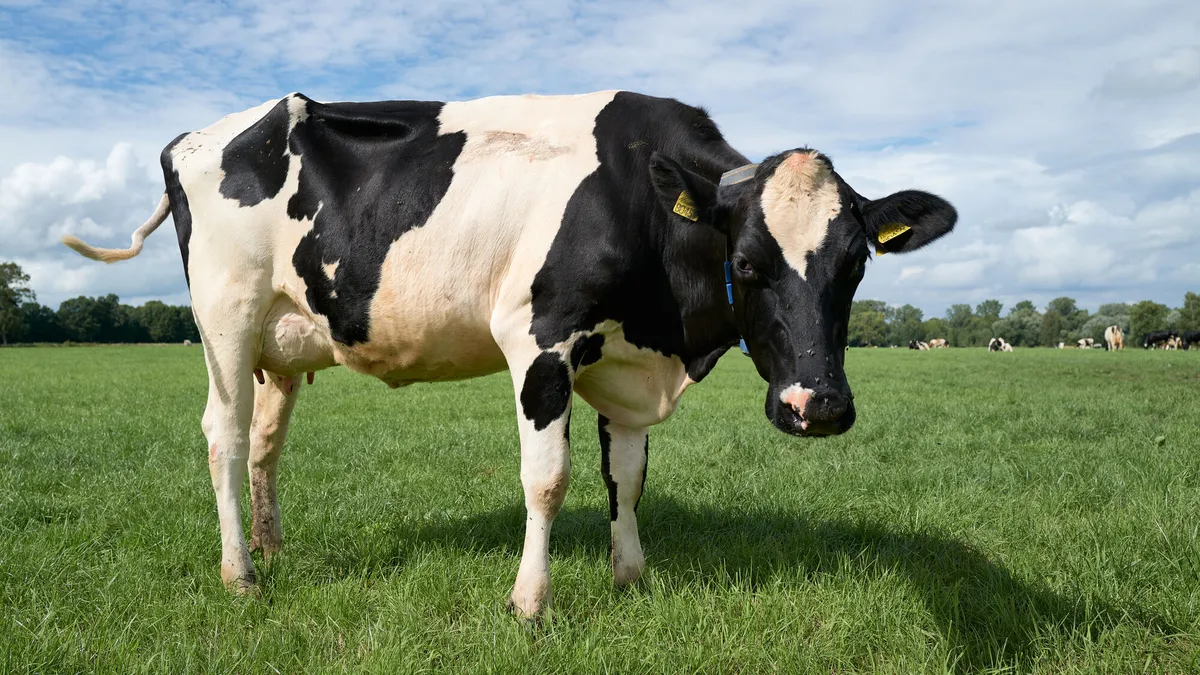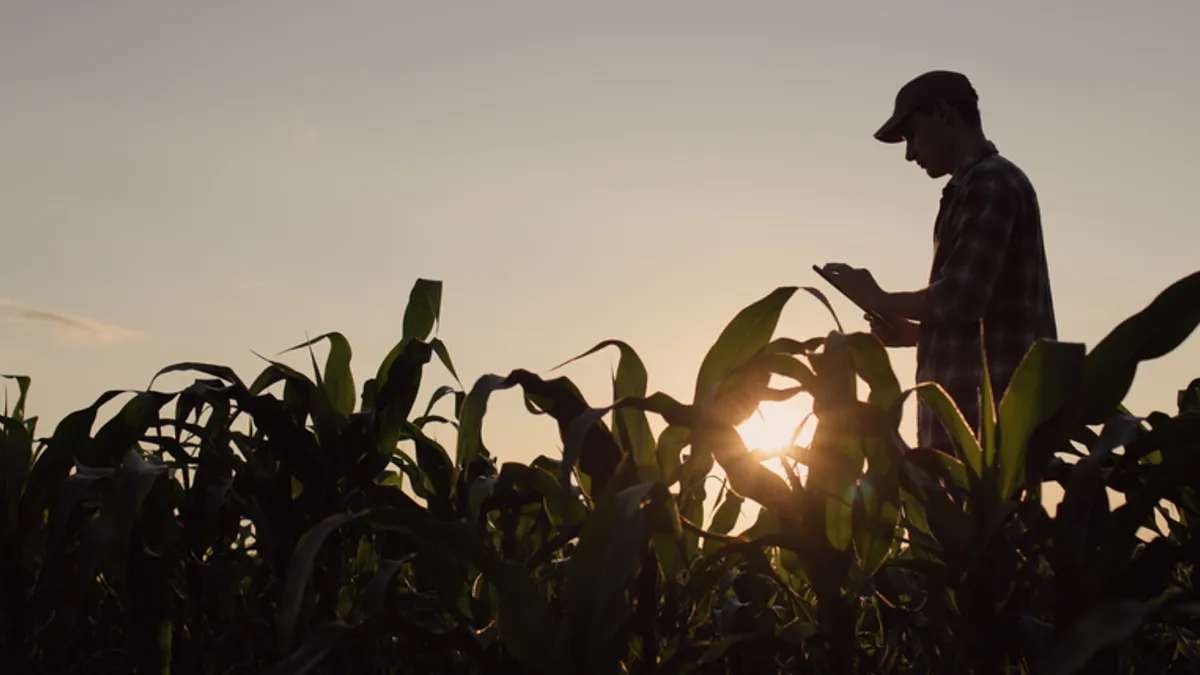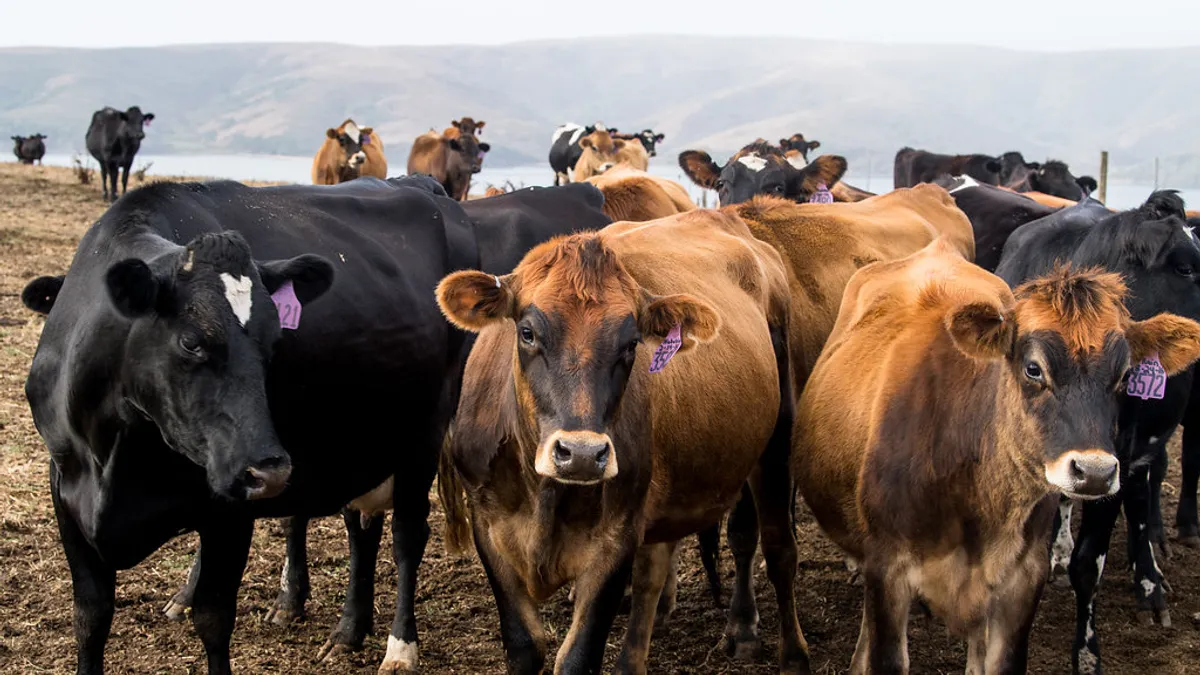A North Carolina dairy herd has tested positive for highly pathogenic avian influenza, also known as bird flu, growing the number of states with affected livestock to seven.
To help contain the virus, the state has temporarily suspended movement of cattle from Texas, Kansas and other states with positive detections of bird flu in dairy herds, according to the North Carolina Department of Agricultural and Consumer Services. The positive test results were confirmed by the U.S. Department of Agriculture's National Veterinary Services Laboratory.
“This is an evolving situation, and we are waiting for more diagnostics from NVSL and will work collaboratively with our federal partners and dairy farmers in North Carolina,” Steve Troxler, the state’s agriculture commissioner, said in a statement.
Since the first cases in cattle were reported in late March, the U.S. Department of Agriculture has confirmed the detection of avian influenza in more than 20 herds as of April 10. Over the weekend, one detection was confirmed in Michigan and two more in New Mexico.
A Texas farmworker, who came in close contact with an infected cow, has also tested positive for the virus.
According to the USDA and Food and Drug Administration, there is no concern of avian influenza getting into the nation’s milk supply due to regulatory practices and pasteurization, which would kill the virus. There are no reports of the virus in beef cattle, however, updated federal guidance encourages all livestock producers to enhance their biosecurity practices at this time.
HPAI in cows gets an official name as transmissions theories proliferate
Because avian influenza does not cause high rates of mortality or morbidity in cows, an industry group is avoiding calling the virus that altogether. In a letter to stakeholders, the American Association of Bovine Practitioners said it would refer to the virus affecting dairy herds as “Bovine Influenza A Virus.”
“We believe it is important for the public to understand the difference to maintain confidence in the safety and accessibility of beef and dairy products for consumers,” the industry group said in a letter reported by Meat+Poultry.
While questions remain surrounding how the H5N1 strain wormed its way into the nation’s dairy herds for the first time, USDA researchers are honing in on a few theories. In a meeting last week, officials identified contaminated milk equipment or worker clothes as potential pathways for avian influenza to reach the dairy cows.
Available evidence also suggests the infections could have originated from a single farm in Texas, and spread by unknowingly moving affected cattle to farms in other states.
Some experts fear ground poultry litter, a product made from waste and often used as fertilizer on farms, as a potential pathway for the virus because U.S. farmers can use it as a form of feed for their cattle.
Feeding cattle poultry litter is a “known factor in the cause of botulism in cattle, and is a risk in the case of H5N1,” Steve Van Winden, associate professor in population medicine at the Royal Veterinary College in London told the Daily Telegraph.
Despite growing detections in cattle and a human link, the risk of the virus spreading to the general public remains low, according to the Centers for Disease Control and Prevention. The agency recommended farm workers, who are more susceptible to the virus, to wear personal protective equipment within proximity of sick or dead animals.
“Understanding what happens now with the spread of the virus and how the sequence of the virus changes is going to be critically important,” Andrew Pekosz said in a recent interview published by the Johns Hopkins Bloomberg School of Public Health.
So far, affected cows are being treated and recovering from avian influenza, and producers are not recommended to cull entire herds to contain the spread.
Last week, bird flu detections were reported at egg facilities in Texas and Michigan, resulting in a total culling of nearly 4 million birds used for breeding and laying purposes, according to the USDA.



















